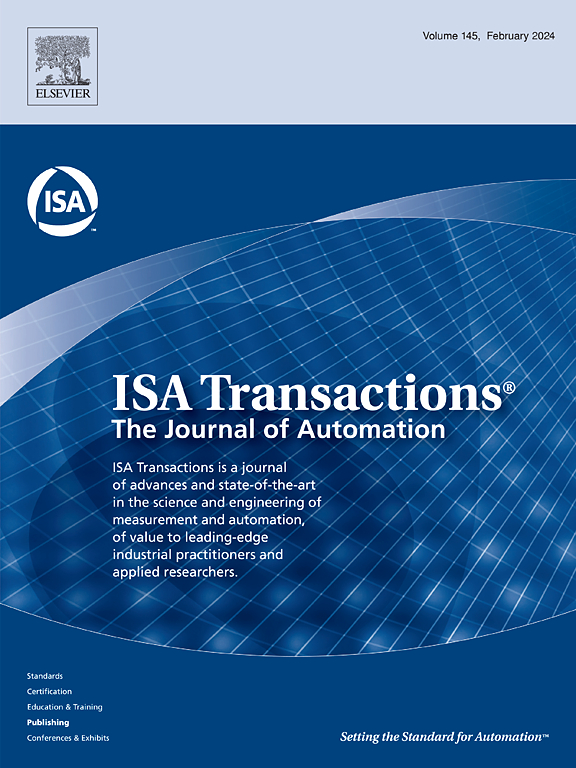Sideslip-roll composite turn control for a tailless aerial vehicle with flexible performance constraints
IF 6.3
2区 计算机科学
Q1 AUTOMATION & CONTROL SYSTEMS
引用次数: 0
Abstract
Considering flight safety and ride comfort, aircraft are usually not allowed to sideslip. However, compared to manned aircraft, unmanned aircraft can improve combat performance by appropriately reducing the safety factor. For example, a small sideslip of the aircraft may be utilized to reduce the roll angle to lower the radar cross-section. According to the requirements of ultra-low altitude penetration and inspired by the frequent drifting of cars participating in snow rallies when turning, we investigate the feasibility of sideslip-roll composite turn control for a tailless aerial vehicle (TAV) with high-precision trajectory tracking. Firstly, the TAV’s non-affine and affine models for controller-oriented design are developed for the translational and rotational subsystems respectively. Secondly, a flexible funnel control method with a new error transformation function is proposed to obtain good transient and steady-state performance. Thirdly, a sideslip-roll composite turn control strategy is proposed to improve maneuverability based on the flight-path angle rate allocation method. Finally, A nonlinear dynamic inverse (NDI) controller is constructed for the TAV attitude loop. Simulation results show that the designed control method is strongly robust and can achieve the difficult ultra-low altitude penetration task.
具有柔性性能约束的无尾飞行器侧滑滚复合转向控制。
考虑到飞行安全和乘坐舒适性,飞机通常不允许侧滑。然而,与有人驾驶飞机相比,无人驾驶飞机可以通过适当降低安全系数来提高作战性能。例如,飞机的小侧滑可能被用来减少滚转角以降低雷达横截面。根据超低空突防的要求,并受雪上拉力赛车辆转弯时频繁漂移的启发,研究了高精度轨迹跟踪的无尾飞行器(TAV)侧滑-侧滚复合转弯控制的可行性。首先,分别建立了面向控制器设计的TAV平移子系统和旋转子系统的非仿射模型和仿射模型。其次,提出了一种新的误差变换函数的柔性漏斗控制方法,以获得良好的瞬态和稳态性能。再次,基于航迹角率分配方法,提出了一种提高机动性的侧滑-滚复合转弯控制策略。最后,构造了TAV姿态环的非线性动态逆控制器。仿真结果表明,所设计的控制方法具有较强的鲁棒性,能够完成高难度的超低空突防任务。
本文章由计算机程序翻译,如有差异,请以英文原文为准。
求助全文
约1分钟内获得全文
求助全文
来源期刊

ISA transactions
工程技术-工程:综合
CiteScore
11.70
自引率
12.30%
发文量
824
审稿时长
4.4 months
期刊介绍:
ISA Transactions serves as a platform for showcasing advancements in measurement and automation, catering to both industrial practitioners and applied researchers. It covers a wide array of topics within measurement, including sensors, signal processing, data analysis, and fault detection, supported by techniques such as artificial intelligence and communication systems. Automation topics encompass control strategies, modelling, system reliability, and maintenance, alongside optimization and human-machine interaction. The journal targets research and development professionals in control systems, process instrumentation, and automation from academia and industry.
 求助内容:
求助内容: 应助结果提醒方式:
应助结果提醒方式:


